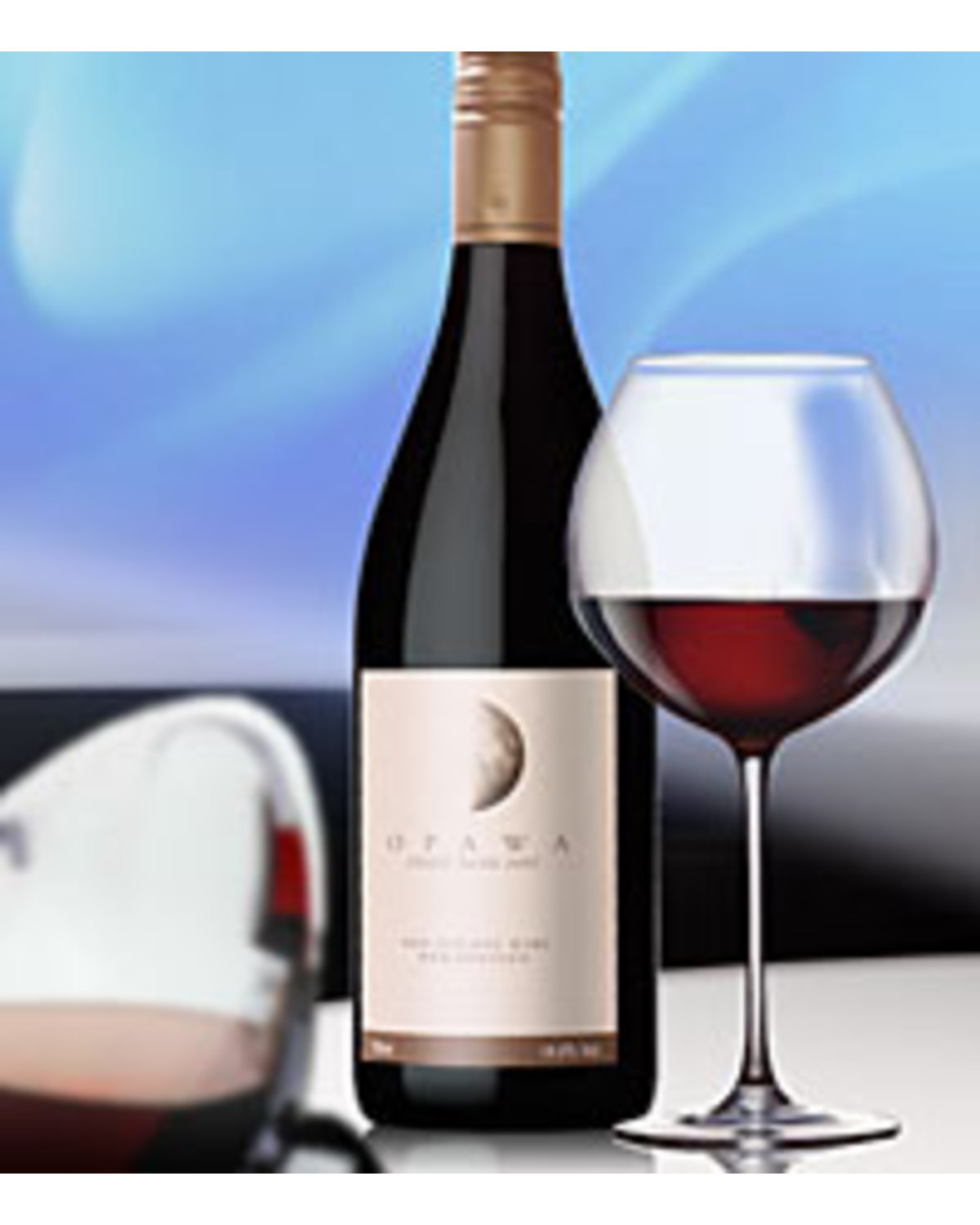The New Burgundy?
New Zealand seems made for Pinot Noir, where the climate has proven more important than soils in determining wine quality. However, because Pinot ripens very early, it's been found to be most suited to the cool, low rainfall climates of the South Island and lower North Island regions where plantings are concentrated. If it ripens too fast, it fails to develop a desirable flavour profile and can even become jammy. Constant intra-winery critiquing and exchange as well as expeditions to Burgundy and the U.S., have provided New Zealand vignerons with an essential understanding of canopy management, ripeness, clonal selection and the importance of limiting Pinot Noir yeilds, so that they consistently achieve fruit of high quality to offer consumers a viable alternative to Burgundy. All this has happened at an astonishing rate within the last twenty years. In a recent tasting, Neal Martin writing for the Wine Advocate asked whether or not
'In qualitative terms alone, New Zealand's Pinot Noir equal Burgundy? No, not yet.' he admits.
'Does New Zealand offer better QPR? (Quality Price Ratio) Undoubtedly.' A critical factor here is time. Pinot vines take at least four years to come into viable production, and around six years to reach full production depending on the trellis system chosen. Truly great Pinot Noir is only produced from mature vines. Many of New Zealand's plantings are less than ten years of age, with a vast majority under five and a miniscule proportion close to twenty five. It's doubtful that any one region is set to monopolize the future of Pinot Noir in New Zealand, with vineyards all over Canterbury to Nelson and cooler, high-altitude sites in Hawkes Bay all showing serious potential.
Opawa (“Smokey River” in Maori) is the second label of Nautilus and builds on their reputation as one of the region’s most respected producers of Pinot Noir. The company is presently an exception in Marlborough, having constructed a specialised, state-of-the-art wine making facility dedicated exclusively to the variety incorporating principles of minimal handling and gravity flow.
This is a very well made example showing distinctive varietal character.
The grapes spent seven days cold soaking after which a wild ferment commenced. Maximum flavours were retained by minimal handling. Semi translucent crimson mauve colour with mauve hue. Top note of cherry followed by violet, spice and strawberry jam. Perfumed lifted nose. Moderate power wave with flavours of strawberry, cherry and spice over a touch of anise. Lingering palate flavours. Fine grained tannins. Long aftertaste of cherry, spice and game.
Cellar 2-3 years (2011-2012)
Alc/Vol: 14%
Stelvin
First Tasted, April 2008:
A well made Pinot Noir grown on the Rapaura gravels. The berries were cold soaked for 7 days after which a wild ferment commenced. Medium body crimson mauve colour with crimson mauve hue. Lifted nose – with top note of spice, black cherry, violet and plum, delivering a perfumed sniff. The palate delivers an impressive power wave, with ripe cherry and ripe plum flavours over a background of spice and anise. Velvet smooth tannins with a very long aftertaste.
Cellar 3-4 years (2011-2012)
Alc/Vol: 14%
92

 Click here to read more about the New Zealand wine region.
Click here to read more about the New Zealand wine region.


 Click here to read more about the New Zealand wine region.
Click here to read more about the New Zealand wine region.